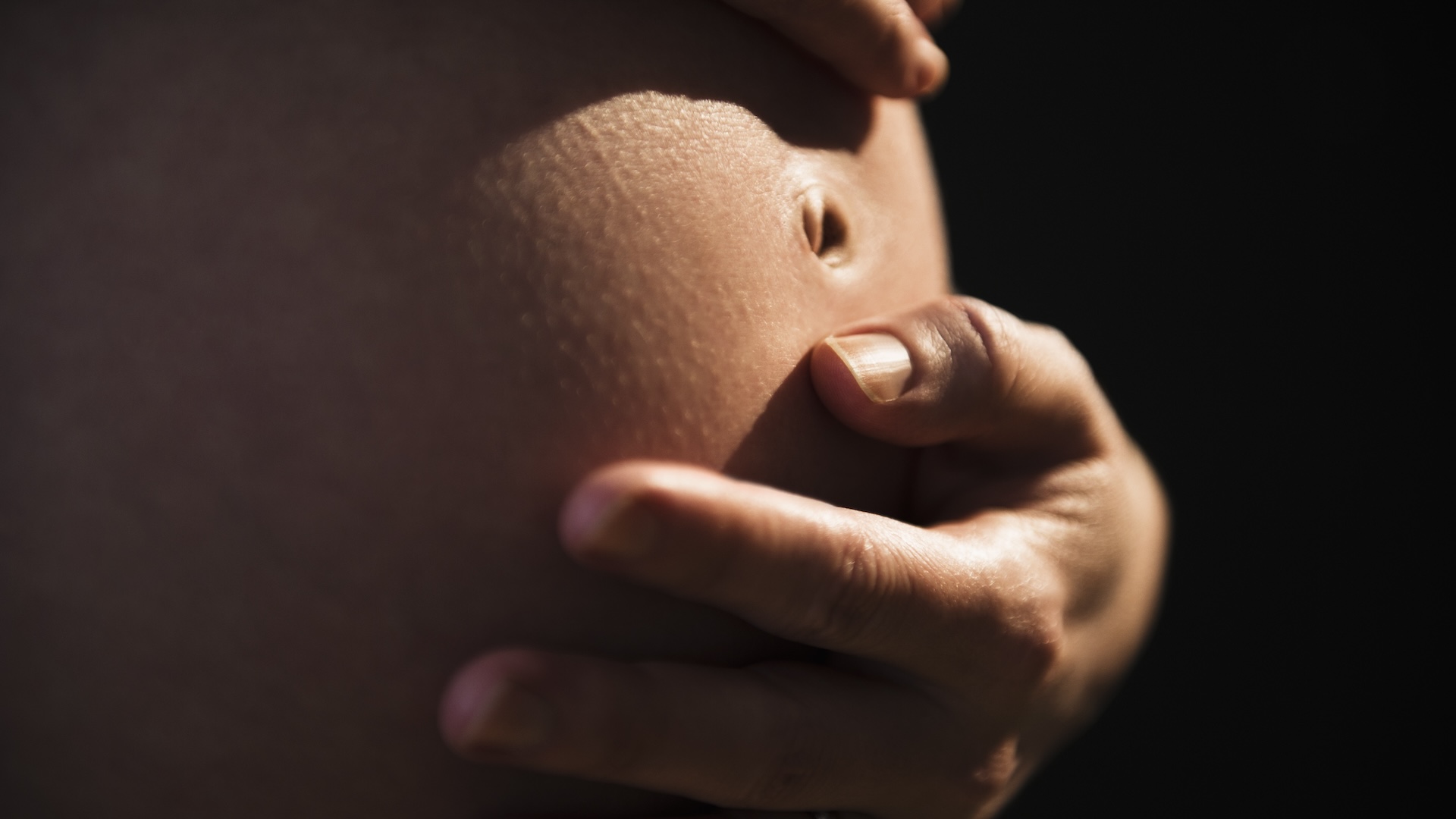When you purchase through data link on our site , we may earn an affiliate commission . Here ’s how it works .
Some embryos give out to implant in the uterus , while others embed successfully , lead to pregnancy , and a new study shed light on why that ’s the cause .
In the subject field , investigator found that human embryos typically bring out a chemical substance called trypsin , which signals the womb to educate its lining for nidation .

An illustration of a sperm cell penetrating an egg.
But in embryo with significant genetic abnormalities , this chemical substance signal was altered , and it produced a tension reaction in the uterus that could make nidation unlikely , the researchers say . [ 9 Conditions That Pregnancy May convey ]
The researchers likened this outgrowth to an " entryway examination " set by the womb — an embryo needs to take place this test in edict to implant .
But sometimes , the uterus may make this exam too unmanageable or too easy , which could lead to the rejection of healthy fertilized egg , or the nidation of conceptus with growing problems , the researchers enounce .

The unexampled findings may have implications forfertility discourse , because one of the main reasons fecundity treatment like in vitro dressing ( IVF ) fail is that embryos do n’t imbed .
With succeeding inquiry into the factors that regulate implantation , it may be possible to distinguish women atrisk for miscarriageor other pregnancy complications by taking a sample of her womb liner , said Jan Brosens , a prof at the University of Warwick in the United Kingdom .
Certain drugs may also help oneself the uterus set the level for implantation , Brosens said .

" What we ’re search at now is how to alter the lining of the womb so it can set this ' entry examination ' at the ripe level , and prevent nidation failure and miscarriages , " Brosens said .
Human embryosare genetically divers , and some have mutations that mar normal development . In some subject , these spoil conceptus will not implant in the uterus , but often , they imbed only to undergo miscarriage later .
In the subject , the researchers used four - day - onetime human embryos that had been created by IVF . Some of the embryo were later imbed in women , and led to successful maternity , while others were not desirable for nidation because of developmental impairments . In both cases , the research worker ask some of the liquid in which the embryos were growing , and transfer it to lab dishes contain cells of the uterus lining to deal their experimentation .

The subject field is publish today ( Feb. 6 ) in the journal Scientific Reports .













